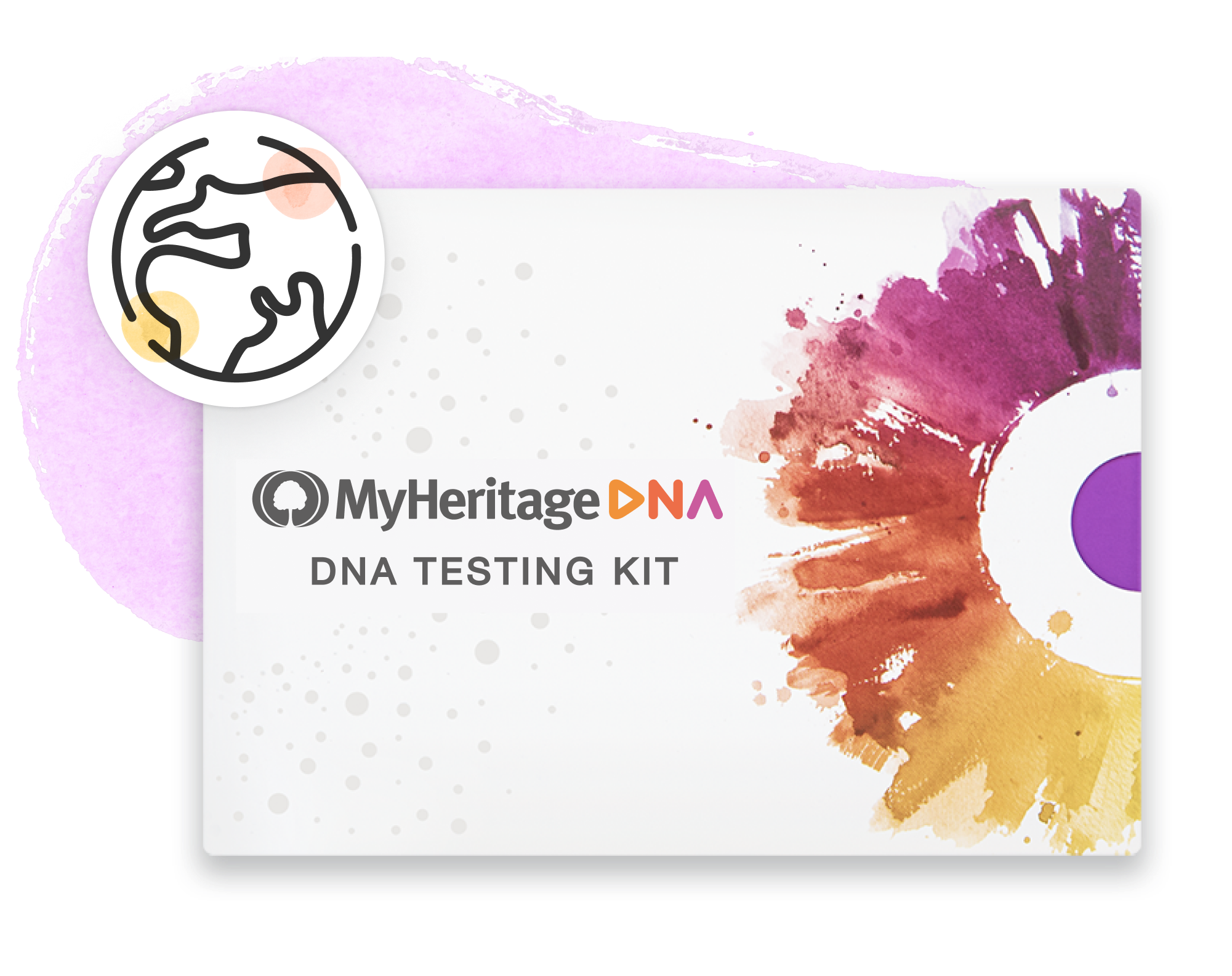Centimorgans, often abbreviated as cM, are units of genetic recombination frequency. They are often used to measure genetic distance between positions (markers) on a chromosome. More specifically, centimorgans measure the distance between two positions on a chromosome where the chromosome is expected to "break" and then recombine with the other chromosome in the pair before being passed on. One centimorgan corresponds to a 1% chance of recombination occurring between two genetic markers during meiosis,[1] the process by which cells divide to form gametes (sperm or eggs). This means that if two loci are located on the same chromosome and are separated by one centimorgan, they are expected to recombine, on average, once in every 100 meiotic events, or 0.01 times each generation. An autosomal DNA test that checks for DNA Matches, measures genetic distance which refers to the size of a shared DNA segment.
Research your ancestors on MyHeritage
Etymology
The centimorgan is named after Thomas Hunt Morgan, an American geneticist who won the Nobel Prize in Physiology or Medicine in 1933 for his pioneering work on the role of chromosomes in heredity.
Centimorgans and inheritance patterns
The concept of centimorgans is particularly useful for geneticists who study the inheritance patterns of complex traits, such as diseases or behavioral traits. By mapping the locations of genetic markers on chromosomes and measuring the distance between them in centimorgans, researchers can estimate the probability that two genes will be inherited together, or linked; for example, if two genetic markers are located close together on the same chromosome and are separated by only a few centimorgans, they are likely to be inherited together more often than not.[2] This means that if one of the markers is associated with a disease, the other marker is probably related to that condition. Conversely, if two markers are located far apart on the same chromosome and are separated by many centimorgans, they are more likely to be inherited independently of each other.
Use of centimorgans in the estimation of genetic relationships
Centimorgans can also be used to estimate the degree of genetic relatedness between individuals.[3] When two individuals share longer segments of shared genetic material (IBD segments) it suggests fewer meioses occurred since their most recent common ancestor, or in other words that they are more closely related. More generally, the total cM between two individuals, across all their IBD segments reflects their relatedness: Full siblings generally share anywhere between around 2200 cM to around 3400 cM of DNA, or around 37.5–61%. More distant relatives, such as cousins or second cousins, share a smaller proportion of their genetic material. It is important to understand that the cM is not a measure of physical distance: two segments that are both 10cM could each include a different number of base pairs, i.e., one segment could be longer than the other physically, even though both are 10cM because both have the same likelihood of recombination within them.
Explore more about centimorgans
- Single Nucleotide Polymorphisms (SNPs)
- Introducing cM Explainer™ to Predict Relationships Between DNA Matches With Greater Accuracy on the MyHeritage blog
- DNA Basics Chapter 4: A Glossary of Terms on the MyHeritage blog
- What Exactly is a Centimorgan? An Introduction to the Science of DNA Testing on the MyHeritage Knowledge Base
- Genealogy Glossary: Common DNA Terms Explained on the MyHeritage Knowledge Base
References
- ↑ Postma, Dirkje S.; Silverman, Edwin K. Chapter 4 - Genetics of Asthma and COPD. ScienceDirect
- ↑ Genetic linkage & mapping. Khan Academy
- ↑ Stahl, F.W.Centimorgan (cM). Reference Module in Life Sciences, 2019


